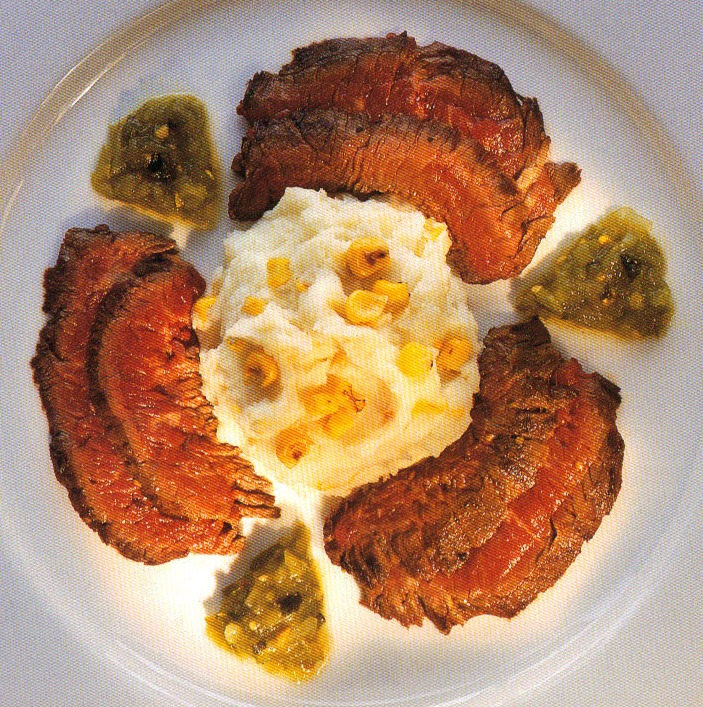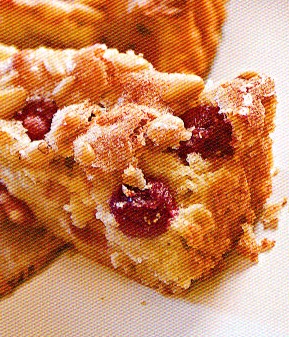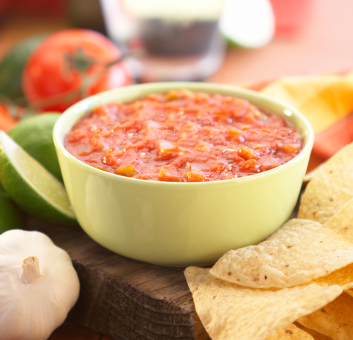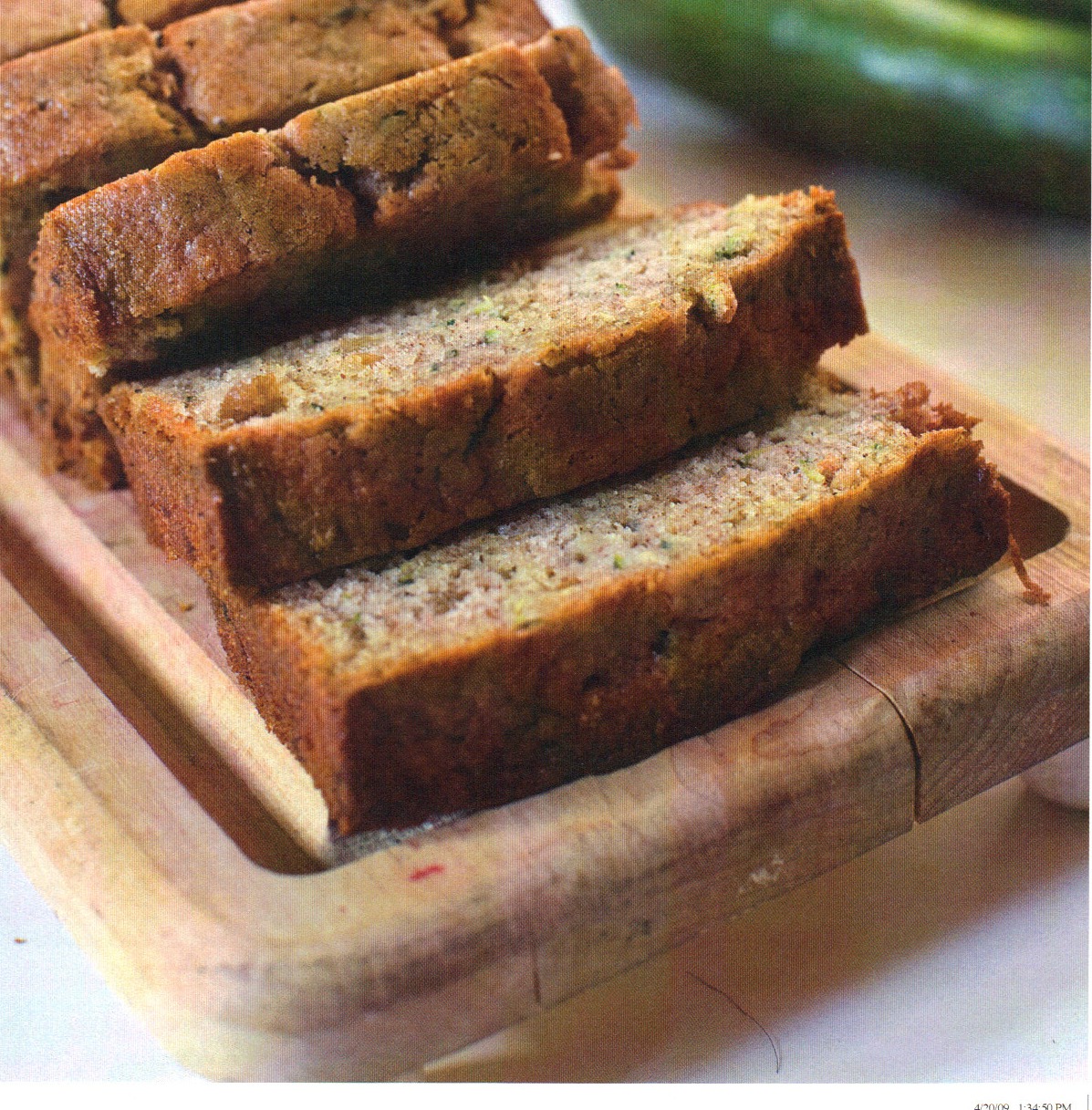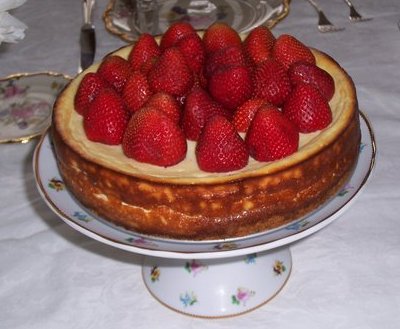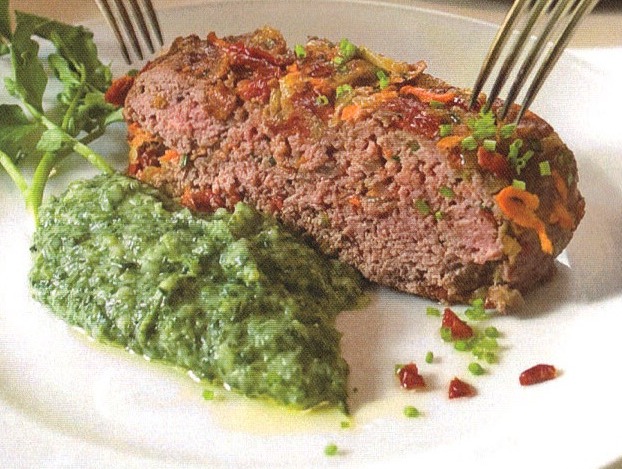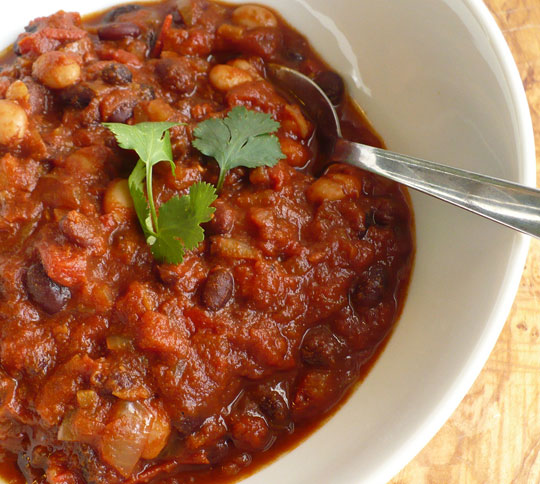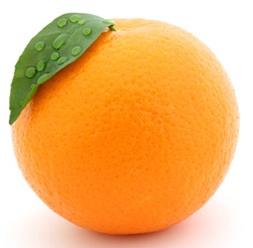 Most kids grew up eating Kraft macaroni and cheese and I suppose I had my share. But my real comfort came from the loving hands of my beautiful Hungarian mother, Marion, who made me cabbage and noodles, instead. Just yesterday, I was given, and then duly paid for, a book by my 8-year old neighbor, Diego. He wrote FOOD: It's Good Stuff, with a bunch of friends. It's chock-a-block with illustrations and recipes galore. One of my favorites -- shark's fin soup -- begins with a whale. Not everyone has thought of that! The book is $6.50 ($7.50) if you live in Canada and I'm sure I could get you a copy. Complete with recipes for ice cream sundaes, "hide-and-seek," and "the crunch of a salad," it is witty and fun. And, it's a bestselling book! It says so right on the cover. Yet despite a reference to Steve Jobs and the new iMac with a 3D camera, there is no recipe for mac-and-cheese. So, here are two complimentary entries (or entrees!) for their next edition. One of the most radically simple recipes ever created is adapted from my book called Kids Cook 1-2-3. The second version, comes from Eat Fresh Food: Awesome Recipes for Teen Chefs (both published by Bloomsbury) -- will be available on this site tomorrow. Dedicated to Diego, today's recipe is now called iMac-and-Cheese. I hope he enjoys it.
Most kids grew up eating Kraft macaroni and cheese and I suppose I had my share. But my real comfort came from the loving hands of my beautiful Hungarian mother, Marion, who made me cabbage and noodles, instead. Just yesterday, I was given, and then duly paid for, a book by my 8-year old neighbor, Diego. He wrote FOOD: It's Good Stuff, with a bunch of friends. It's chock-a-block with illustrations and recipes galore. One of my favorites -- shark's fin soup -- begins with a whale. Not everyone has thought of that! The book is $6.50 ($7.50) if you live in Canada and I'm sure I could get you a copy. Complete with recipes for ice cream sundaes, "hide-and-seek," and "the crunch of a salad," it is witty and fun. And, it's a bestselling book! It says so right on the cover. Yet despite a reference to Steve Jobs and the new iMac with a 3D camera, there is no recipe for mac-and-cheese. So, here are two complimentary entries (or entrees!) for their next edition. One of the most radically simple recipes ever created is adapted from my book called Kids Cook 1-2-3. The second version, comes from Eat Fresh Food: Awesome Recipes for Teen Chefs (both published by Bloomsbury) -- will be available on this site tomorrow. Dedicated to Diego, today's recipe is now called iMac-and-Cheese. I hope he enjoys it.
iMac-and-Cheese Due to a surfeit of American cheese in my fridge, I invented this version of everyone's favorite recipe. You can use familiar elbow macaroni or the less familiar shape called campanelle ("little bells"). If you want this even cheesier, just melt a few more slices of cheese! If you're a daring kind of kid, you can top it with freshly chopped chives.
4 ounces elbow macaroni 4 ounces American cheese, about 7 slices 1 tablespoon unsalted butter
Bring a large saucepan of salted water to a boil. Add the pasta and cook for about 10 minutes, until just tender. Meanwhile, put 1/4 cup water and the cheese in a medium size saucepan. Bring just to a boil. Immediately lower the heat to medium and stir with a wooden spoon until the cheese melts, about 3 minutes. Add the butter and continue to stir for 1 minute, or until you have a smooth sauce. Put a colander in the sink and drain the pasta. Return the pasta to the large saucepan and stir into the cheese mixture. Add salt and pepper to taste. Stir gently while reheating the pasta. Serves 2 or 3


